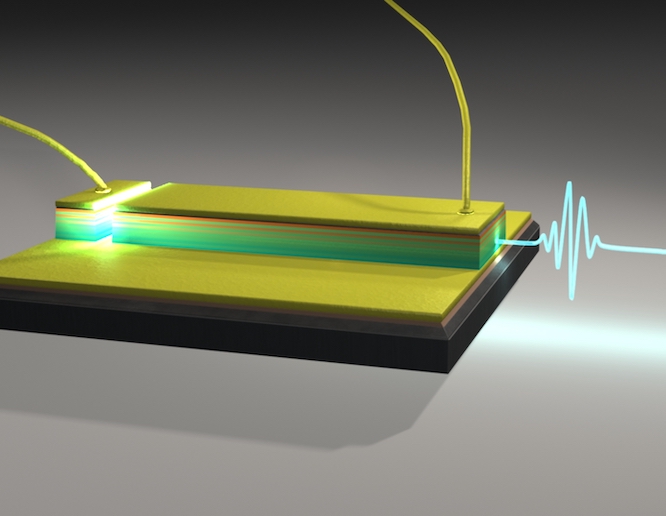Three metrology solutions for 3D nanoscale characterisation
Moore’s Law states that the number of transistors contained in an integrated circuit doubles approximately every two years. This growth rate results in increased circuit functionality, a reduction in the operational power needed and crucially, reduced costs. But within the semiconductor industry, material and process developments, along with productivity and production control, rely on accurate metrology to optimise performance and minimise problems. The EU-supported project, METRO4-3D, assessed the effectiveness of three metrological tools to investigate front-end and back-end processing for a variety of semiconductor devices. Assessing different technologies Metrology increasingly needs to be performed on devices at the nanoscale. METRO4-3D set out to investigate technologies across the different areas of metrology: material (chemical), electrical and defect characterisation, using 3D analysis. To achieve this, the project adopted three tools for evaluation. Firstly, they used a Time-of-Flight Secondary Ion Mass Spectrometer (TOFSIMS) with a built-in scanning probe microscope (SPM) which profiles (in true 3D) the composition of materials and performs failure analysis. Secondly, they employed a microHALL (an automated tool for measuring sheet resistance by sampling electrical properties). Thirdly, they used an acoustic microscope, operating in a frequency range of up to 2 Gigahertz, to investigate defects such as cracks or delamination in the wafer-thin layers of the integrated circuits. The assessment of the techniques started by first qualifying the basic characteristics of these tools, using references samples, before investigating devices of increasing complexity to establish the ultimate performance of the tools. “Both the basic metrological theory and lab-based validation already existed for each of these tools prior to METRO4-3D, but their applicability within the semiconductor industry still had to be evaluated,” says project coordinator Dr Thierry Conard. Several of the project results are noteworthy. To take the example of the microHALL work, the team was able to use the system to measure the electrical characteristics of a single fin (3D structures on which modern transistors are based) down to 20 nanometers. This result was unexpected as these dimensions are smaller than the probe sizes. The TOFSIMS-SPM work demonstrated high quality 3D profiling on fins of 500 nanometers and improved understanding of depth profiling of structures, down to 20 nanometers. The acoustic microscope allowed non-destructive inspection of hybrid bonds with resolutions of up to 1 micrometer and a detection limit down to a few hundred microns. “Thanks to these tools, the combination of electrical, chemical and structural information collected on the same devices leads to a much better understanding of their relationship.” says Dr Conard. “Additionally, as the techniques are generic, they are applicable to a wide variety of devices/systems, beyond semiconductors. That said, some protocols remain device specific.” More than the sum of their parts By providing insights into advanced process technologies and developing innovative failure detection tools, METRO4-3D helps reduce semiconductor manufacturing costs, resource wastage and time-to-market for new products. “As well as being useful in devices we use on a daily basis, such as mobile phones, semiconductor technology also plays an important role in life-science technology and many other domains. This project will contribute a very wide range of applications,” says Dr Conard. With all three instruments now commercially available, maximising returns from the combination of several metrologies is an area of future research for the team, as is the continual improvement of measurements protocols.
Keywords
METRO4-3D, semi-conductor, electronics, transistors, circuits, metrology, Spectrometry, probes, nanoscale, sensors, mobile phones







